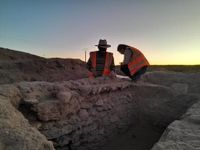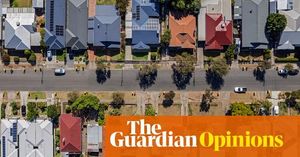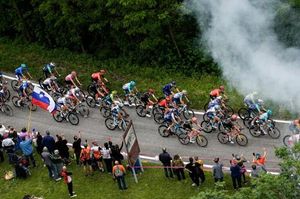In a significant step towards understanding the evolving structure of Moroccan families, the High Commission for Planning (HCP) has launched a new national study targeting 14,000 households across the kingdom. This initiative aims to delve into the profound transformations that have affected the Moroccan family since the last comprehensive survey conducted in 1995.
The fieldwork for this new study is set to continue until September 2025, aligning its findings with the recent data from the 2024 general census. This census has painted a concerning picture of Moroccan families, indicating a trend towards smaller family units, changes in family relationships, and a shift away from traditional demographic patterns.
Recent statistics reveal that the average number of family members has decreased to 3.9, down from 4.6 in 2014. Additionally, there has been a notable increase in households led by women, now at 19.2%. Alarmingly, 11.1% of Moroccans are living in single-person households, highlighting a growing trend towards individualism and a decline in familial solidarity.
According to the 2024 census, the total number of families in Morocco has surged to 9,275,038 over the past decade, up from 7.3 million in 2014. This increase, however, masks more significant qualitative changes, such as a reduction in family size and a decline in fertility rates, which have fallen to less than two children per woman. The data also shows a rise in female-headed households and the emergence of a new family type characterized by individuals choosing to live alone without spouses or children.
Geographically, the distribution of families shows that 6.1 million reside in urban areas while 3.1 million live in rural regions. This urban growth reflects an ongoing migration trend towards cities, further promoting the nuclear family model.
The timing of this study is crucial, addressing pressing questions about how to formulate educational, housing, and social policies without a clear understanding of family structures. The HCP emphasizes the need for accurate data to ensure equity among individuals, especially as families face challenges in cohesion and educational roles. The agency has committed to maintaining the confidentiality of the data collected and is encouraging citizen participation in this national effort.
As Morocco transitions from extended family systems to nuclear units, the study aims to provide insights into evolving concepts of family, including delays in forming relationships and shifts from collective family support to individual independence. This research is seen as an essential tool for any new social project, reflecting the changing relationship between individuals, the state, and societal values.
In a parallel development, the National Institute of Archaeology and Heritage has initiated a groundbreaking research program at the archaeological site of Sijilmasa, which concluded on May 4, 2025. This site is historically significant, having served as a crucial link between Morocco and sub-Saharan Africa.
Led by a local team under the direction of heritage professor Asmae Qasimi, this research project is entirely Moroccan. According to Abdeljalil Bouzokar, the institute's director, the findings from Sijilmasa could potentially reshape the understanding of Morocco's historical role in Africa.
Bouzokar highlighted that the ongoing excavations at Sijilmasa and the nearby site of Chellah represent the first large-scale archaeological efforts of their kind in Morocco since independence. The results are anticipated to provide a qualitative leap in comprehending the region's history and its significance in Africa.
Asmae Qasimi explained that the research team is conducting in-depth excavations to uncover the historical architectural components of Sijilmasa, much of which remains buried underground. She described the project as "the first large excavation of its kind since independence," aimed at enhancing the historical value of this site.
The archaeological layers being explored date from the sixth century to the eighteenth century, and preliminary findings suggest new insights that may alter the narrative of Sijilmasa's history. Previous excavations conducted during the colonial period were overseen by Italian, American, and French teams but lacked the extensive scope of the current project.
What sets this project apart is its incorporation of modern techniques for the first time in Morocco, such as the use of drones and 3D imaging technology. These advanced methods have been effectively applied by the Moroccan team at the site, covering an area of approximately 8,000 square meters. The excavations have revealed archaeological layers that could lead to significant revelations about Morocco's past.
Historically, Sijilmasa was recognized as a major thoroughfare to the coastal cities of Africa, extending to the empires of Ghana and Senegal. The current research is expected to unveil the foundational aspects of the city and its archaeological points, which are being documented for the first time.
As these two significant studies unfold, they reflect Morocco's commitment to understanding its past and present. The family study aims to provide a clearer picture of societal changes, while the archaeological research seeks to uncover the rich history that connects Morocco to its African heritage. Together, these initiatives represent a vital step towards informed policy-making and a deeper appreciation of Morocco's cultural legacy.




